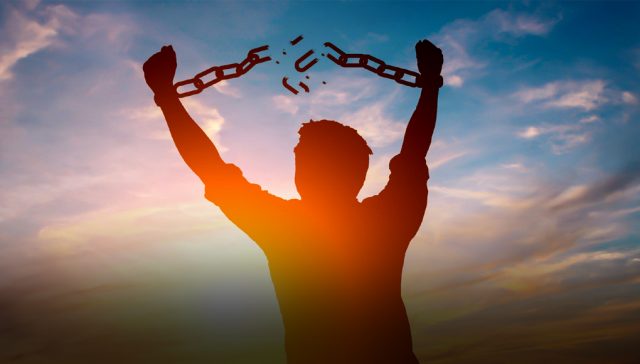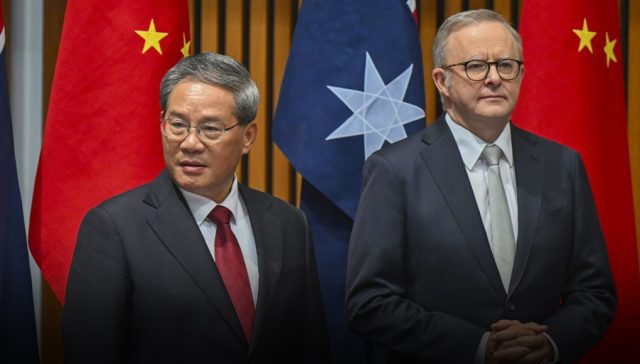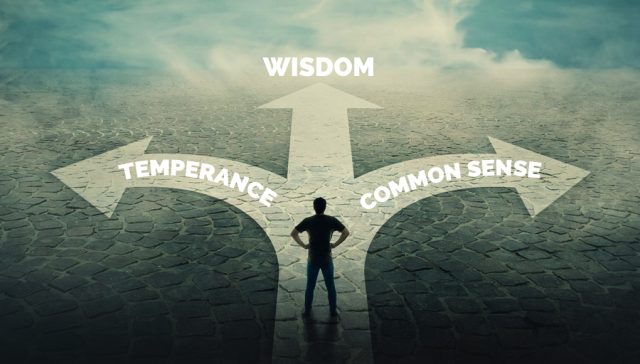Freedom, Moral Norms and the State
Are moral norms compatible with individual freedoms? The answer should be an obvious “yes”, yet in Western liberal democracies like Australia there appears to be growing doubt, confusion and uncertainty. A society that permits individual freedoms necessarily results in moral pluralism. Moral pluralism, in turn, manifests in the existence of diverse moral norms, which is to say moral speech and practices that not only diverge, but conflict. Add migration and a policy of multiculturalism to individual freedoms, and a society characterised by a high degree of normative moral pluralism is assured. This is precisely what has occurred in Australia.
Until recently, this kind of moral diversity (cloaked in the language of cultural diversity) was a cause for celebration, at least by Australia’s urbane, educated elite. Today, that same elite increasingly regards moral diversity as something threatening and harmful. Individuals and groups that find moral criticism, which is to say moral diversity, confronting, challenging and offensive, now demand protection from the “harmful” moral speech and practices of others. That is, they demand the state involve itself in matters of moral conflict amongst citizens.
The clamour for state intervention in the arbitration, policing and implementation of moral norms is particularly evident in the culture war. Progressive and conservative protagonists in this putative “war” appear to agree on at least one thing: moral differences are political problems that ultimately can only be resolved via the “social apparatus of coercion and compulsion,” to use Ludwig von Mises’s description of the state.
To treat the state as the arbiter of the conflicting moral beliefs found amongst its citizens is to turn moral difference into political conflict.
Once the state is deemed to be the appropriate apparatus for arbitrating moral disputes between citizens, it becomes a political prize worth fighting for among those engaged in moral dispute precisely for the fact that it promises to place immense coercive powers in the hands of its victor. In this way the state becomes a tool for implementing a unitary moral vision through the prohibition and suppression of alternative moral norms deemed unpalatable.
If gaining control of the social apparatus that is the state proves unattainable, its organs can always be lobbied and pressured to further the culture warrior’s moral agenda through legislation, litigation, appointments and funding decisions. Failing that, those seeking to vanquish their moral enemies can employ what John Stuart Mill termed “social tyranny” to hound, harass, troll and ultimately cancel moral heretics.
The tragedy of the culture wars is how little is at stake in the issues at the centre of the conflict versus how much is at stake in the statist aims and ambitions of the warring parties. Instead of enlisting the state and its courts to sue a Christian baker who refuses to bake an LGBTQ-themed cake for a same-sex couple, the couple could simply procure their desired cake from another business and move on with their lives.
Similarly, instead of hyperventilating about drag queen story hour in cities thousands of miles away from their home and clamouring for the state to intervene to ban them, offended conservatives could simply exercise their freedom to not attend such events and, again, move on with their lives. In fact, there is nothing to prevent either party from publicly expressing their respective displeasure at the other with as much vim and vigour as they see fit. There is wide scope for spleens to be vented in a free society.
But increasingly, people seem to be incapable of living comfortably in a society containing individuals who adhere to moral norms that clash or conflict with their own, particularly the young people we have managed to transform into nervous wrecks, in no small part because we do not instil in them the resilience that is required to live in the midst of pluralism, along with the inevitable conflict and criticism that comes with the territory. What’s worse, growing numbers seem to be affronted by the very idea that society would even permit individuals the freedom to articulate and practice moral norms they deem to be objectionable.
The problem, of course, as stated earlier, is that individual freedom unavoidably leads to moral pluralism, which guarantees that free citizens will have to tolerate moral difference, divergence and sometimes offense if they genuinely want to live in a free world. The alternative is moral authoritarianism, cloaked in the language of social justice, natural law or Biblical virtue.
This brings us to libertarianism. Libertarianism has its own normative moral vision just like any other ideology. What distinguishes it, however, is that its moral vision is limited and aims specifically at fostering pluralism, not mitigating or eliminating it. “The libertarian creed rests upon one central axiom,” Murray Rothbard wrote in For a New Liberty, “that no man or group of men may aggress against the person or property of anyone else.”
Moral pluralism, in turn, manifests in the existence of diverse moral norms, which is to say moral speech and practices that not only diverge, but conflict.
While more can be, and has been, said (and debated) about this central axiom, one encounters consensus among libertarians that the nonaggression principle is at the epicentre of libertarian moral norms. The limiting principle of nonaggression does two things in relation to morality. Firstly, it limits moral freedom to acts and practices that do not constitute aggression against other individuals. Secondly, it rules out any effort to impose, prohibit or suppress moral speech, acts or practices by using either violence or coercion, provided the speech, act or practice in question itself observes the nonaggression principle.
Note that the libertarian nonaggression principle does not necessitate moral neutrality, agnosticism or relativism on the part of citizens. Well-defined and articulate moral norms—entire moral codes, for that matter—can be held and adhered to with as much passion and dogmatism as each citizen feels compelled to. They must simply respect the right of others to dissent, and then commit to not using violence or coercion to impose their moral dogma on others. Advocating, propagating, arguing, debating, persuading, cajoling, urging, pleading: none of these activities constitute violations of the nonaggression principle.
Moral relativism is possible within a libertarian moral order. However, it is not demanded by it. Moral norms are compatible with the exercise of individual freedoms within the governing principle of nonaggression. The state, on the other hand, ought to adopt a disposition of neutrality and agnosticism in relation to moral questions and disputes that do not involve violations of the nonaggression principle. The moral role of the state is to protect citizens from aggression (this function is performed by protective associations in the private law society of anarcho-capitalism). The definition and boundaries of nonaggression are necessarily questions that the state must form a view about, for obvious reasons. What pronouns someone uses, what books children can read at school and what people are allowed to say publicly about the institution of marriage are not.
To treat the state as the arbiter of the conflicting moral beliefs found amongst its citizens is to turn moral difference into political conflict. This is both unnecessary and undesirable. And it is libertarians who should be sounding the alarm. All other political ideologies operate according to normative moral systems that are to be implemented for the common good, for the sake of divine injunction, to comply with the natural law or to bring into being some promised utopia. The liberation moral vision, in contrast, is designed to foster a free society that respects and protects moral diversity. A society that can tolerate diverse and even conflicting moral norms can afford to limit the scope of the state. A society that cannot tolerate moral diversity needs a large, powerful, interventionist state to sort out all its moral differences.

Jonathan Cole is a libertarian political philosopher and co-host of The Political Animals podcast: “Two political philosophers, one a right-wing radical, the other a left-wing heretic, come together to discuss the social, political and cultural issues of our day.”























